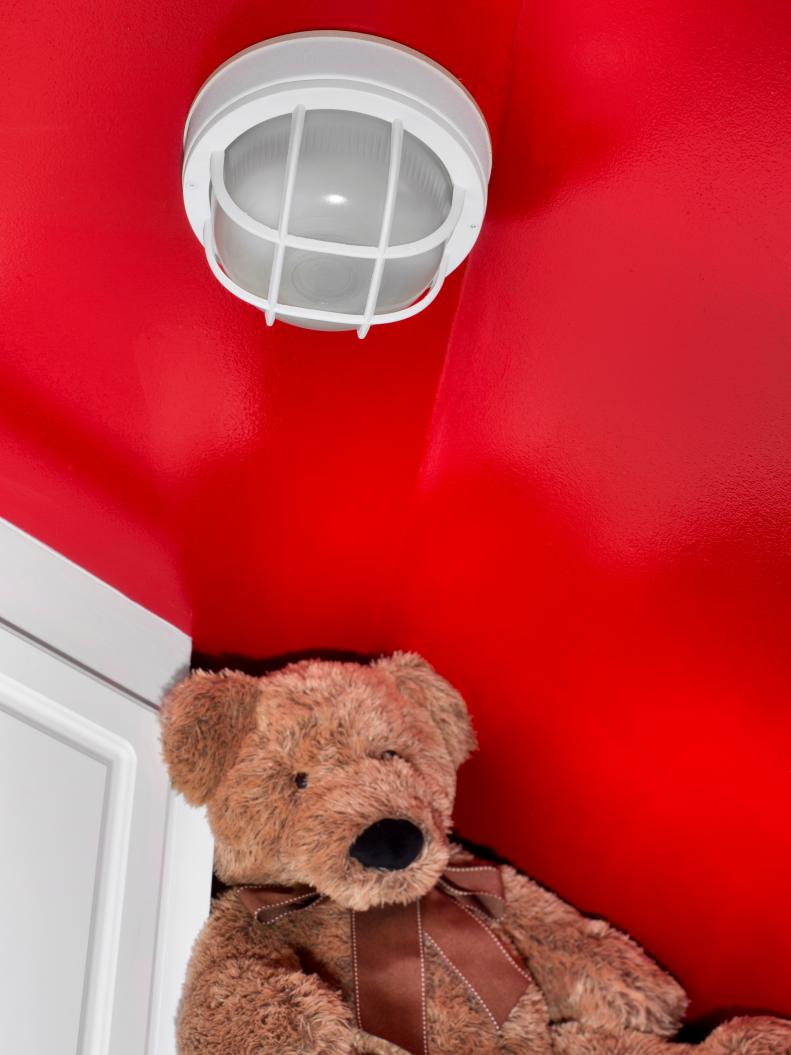1 / 11
Savvy Closet Flip
The angular, 6-foot-by-7-foot closet of this attic-turned-playroom was given a high-energy, organized update with bold color, ready-made cabinets and smart space planning.









